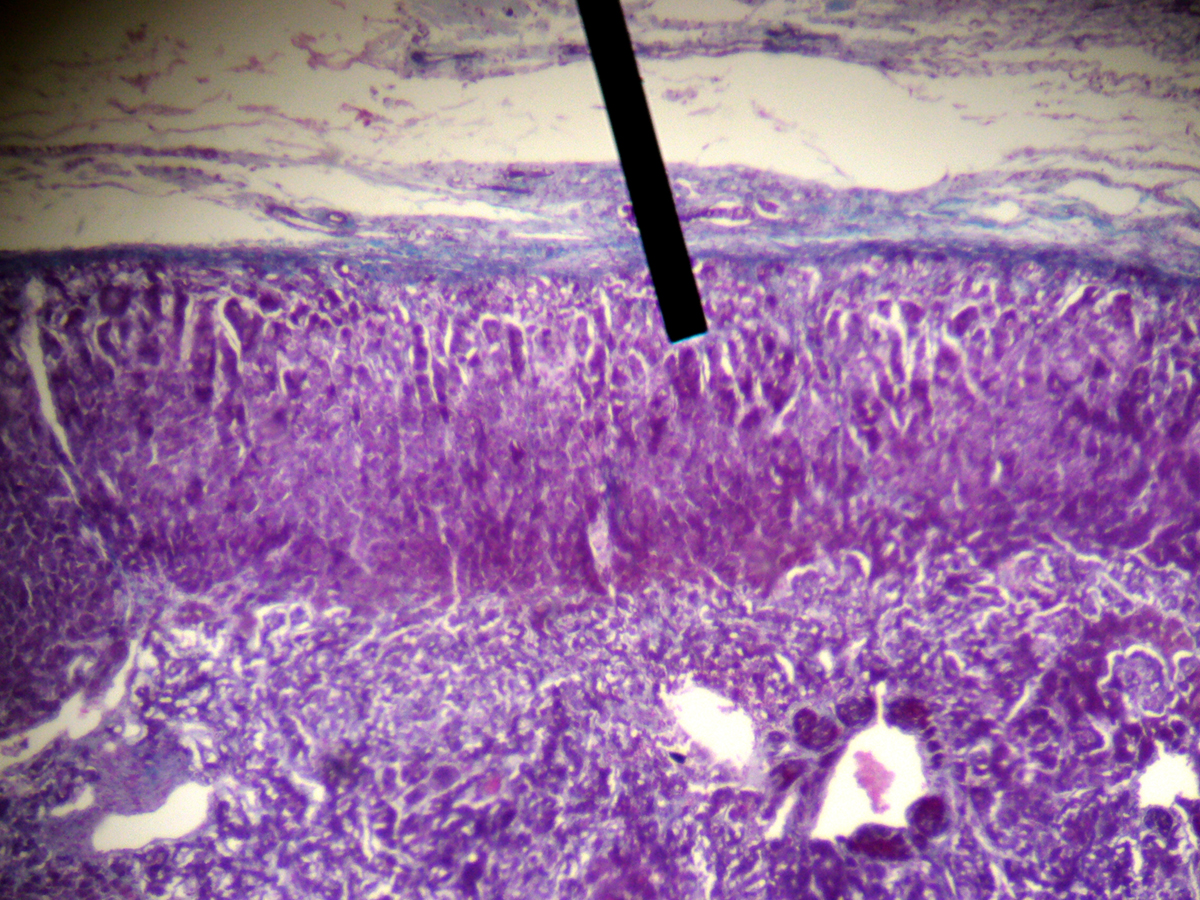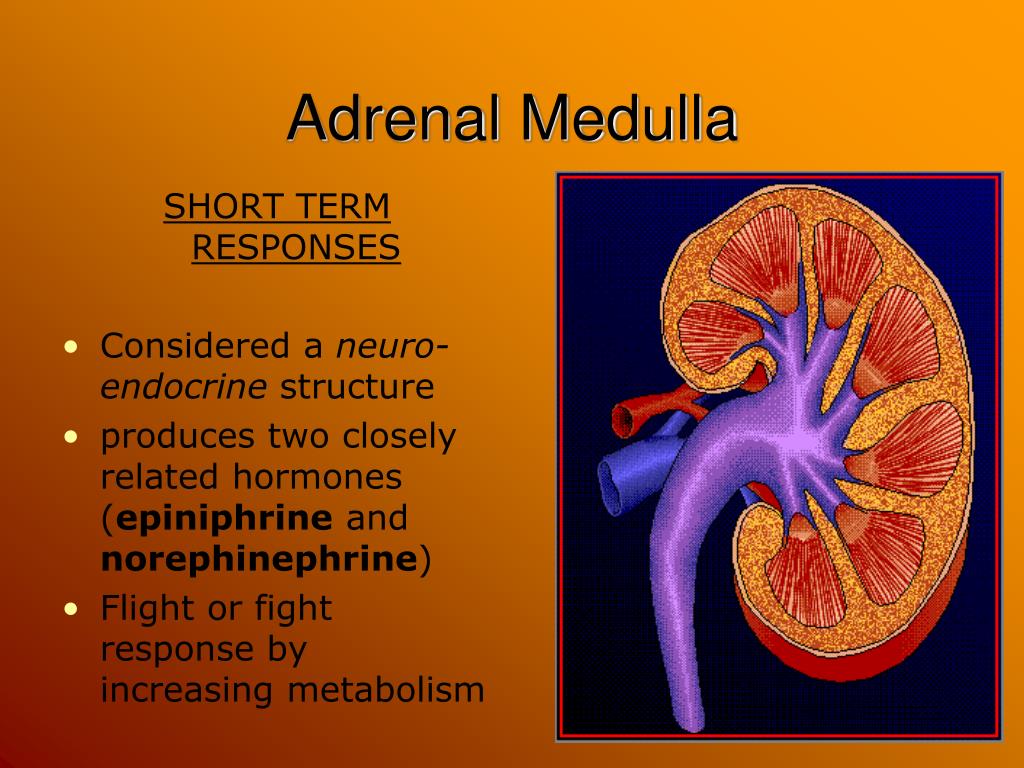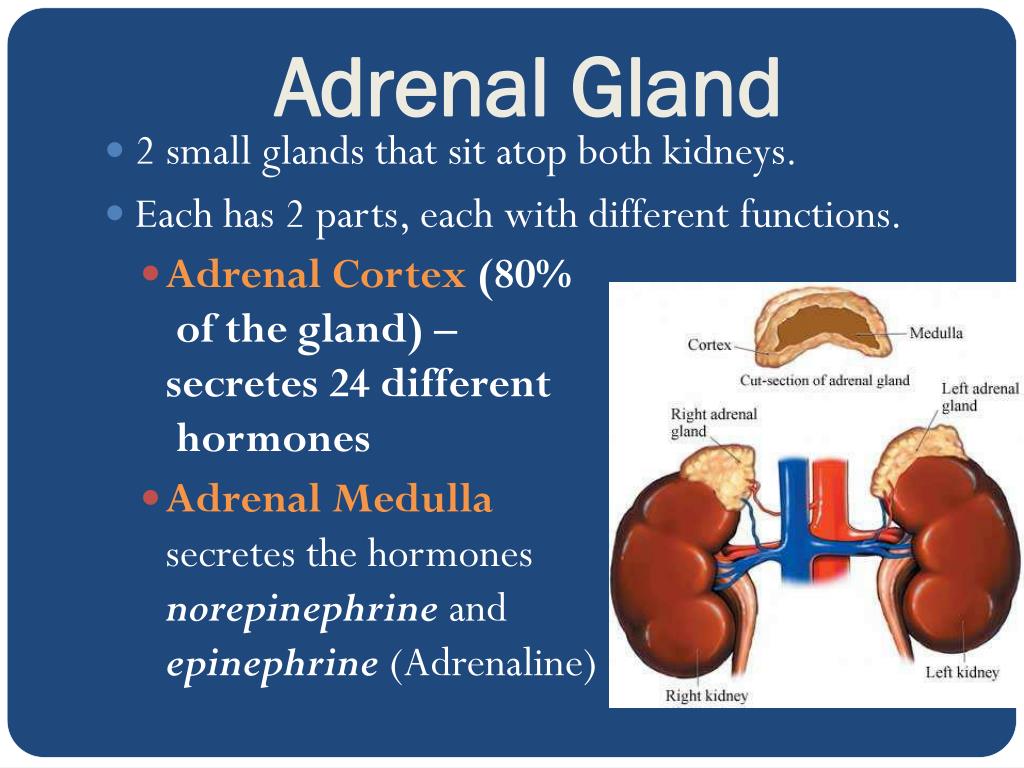


Moodiness, irritability, or depression.Adrenaline and noradrenaline have very similar molecular structures, but in one part of the molecule adrenaline has a hydrogen atom while noradrenaline has a methyl group (CH 3 ). Skin problems, such as acne or reddish-blue streaks on the abdomen or underarm area. About eighty percent of the hormone molecules released by the adrenal medulla are adrenaline molecules and about twenty percent are noradrenaline molecules.Upper body obesity, round face and neck, and thinning arms and legs.What are the symptoms of adrenal gland disorders? 1 It is the innermost part of the adrenal gland, consisting of chromaffin cells that secrete catecholamines, including epinephrine (adrenaline), norepinephrine. 1 It is located at the center of the gland, being surrounded by the adrenal cortex. What are the signs of adrenal gland problems? The adrenal medulla ( Latin: medulla glandulae suprarenalis) is part of the adrenal gland. As a result, you get a temporary boost of strength. The hormone adrenaline makes your heart and lungs work faster, which sends more oxygen to your major muscles. Can adrenaline make you stronger?Īdrenaline. It can also result in anxiety, weight gain, headaches, and insomnia. What happens when your body produces too much adrenaline?īut over time, persistent surges of adrenaline can damage your blood vessels, increase your blood pressure, and elevate your risk of heart attacks or stroke. Glucocorticoids, cortisol in humans and corticosterone in rodents, are the final effectors of the HPA axis. For additional information visit Linking to and Using Content from MedlinePlus.The zona fasciculata cells of the adrenal cortex synthesize and secrete glucocorticoids in response to ACTH secreted by the anterior pituitary (Jacobson, 2005). Any duplication or distribution of the information contained herein is strictly prohibited without authorization. Links to other sites are provided for information only - they do not constitute endorsements of those other sites. A licensed physician should be consulted for diagnosis and treatment of any and all medical conditions. The information provided herein should not be used during any medical emergency or for the diagnosis or treatment of any medical condition. This site complies with the HONcode standard for trustworthy health information: verify here. Learn more about A.D.A.M.'s editorial policy editorial process and privacy policy. is among the first to achieve this important distinction for online health information and services.

follows rigorous standards of quality and accountability. is accredited by URAC, for Health Content Provider (URAC's accreditation program is an independent audit to verify that A.D.A.M.


 0 kommentar(er)
0 kommentar(er)
